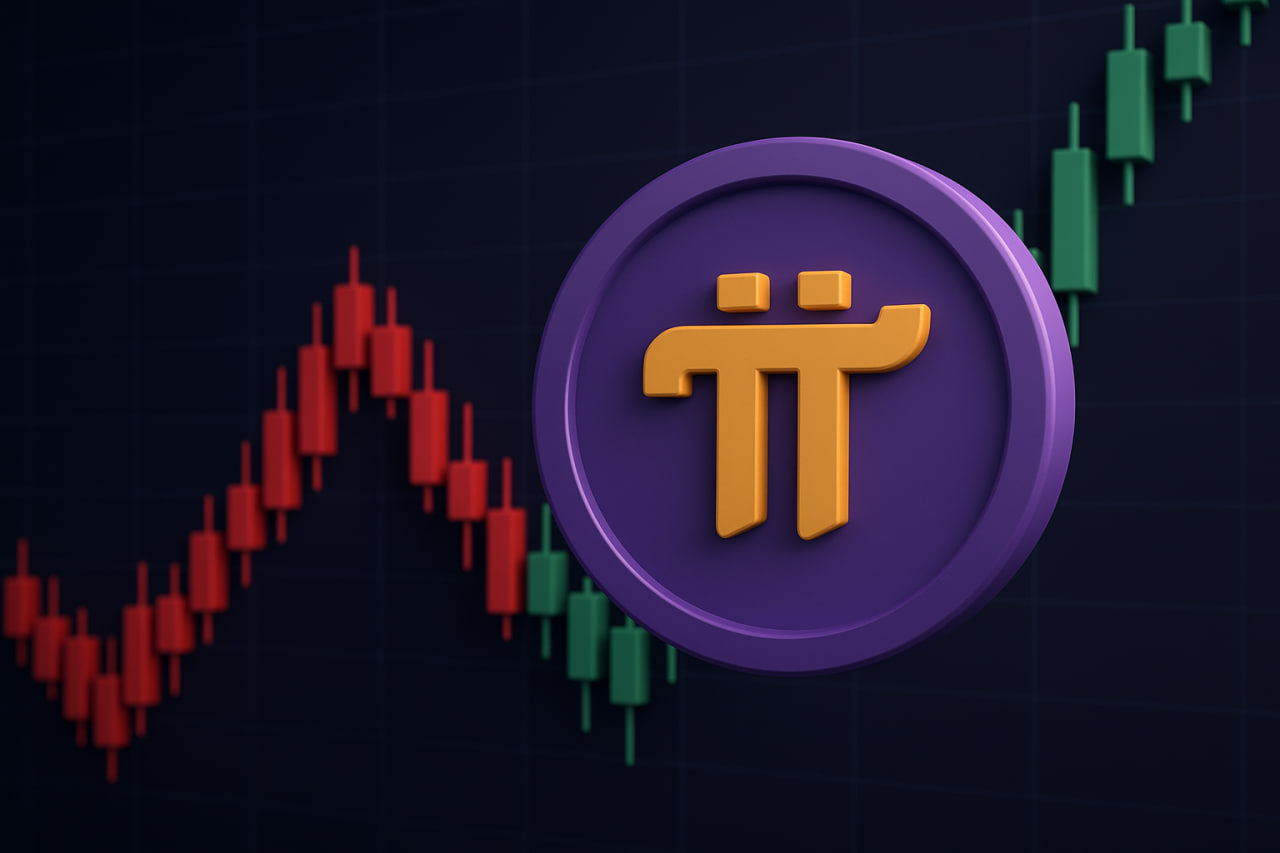Dominik Schiener: “I’m All for Repeating 2017” as IOTA Gains Institutional Momentum
- Dominik Schiener says institutional investors are displaying a high interest in buying IOTA coins.
- Schiener notes the growth of IOTA’s TWIN initiative, which is digitizing national and global supply chains.
Dominik Schiener, co-founder of IOTA, has said that he believes the network can replicate its previous momentum. He referenced 2017, when IOTA saw a very rapid adoption and increase in value, as a model for what could unfold again.
Schiener verified that institutional investors have displayed a rising interest in purchasing IOTA coins. He added that governments and corporations are considering the technology to incorporate it into national infrastructure projects.
His vision is based on years of development in the field of digital identity and supply chain modernization. Schiener emphasized that IOTA could play a part in making logistics tracking more efficient, and governments can digitize operations.
By merging institutional demand with governmental adoption, IOTA is poised to solidify its foothold in both financial and technological domains.
Technology and Adoption Fuel IOTA’s Growth
IOTA has always taken a different approach from most cryptocurrencies. Instead of a blockchain, it runs on a Directed Acyclic Graph ledger called the Tangle. This structure eliminates old bottlenecks and aids feeless or ultra-low-fee applications. It was designed to scale to billions of connected devices across the Internet of Things.
The project has been through years of audits, testnets, and tooling development. On May 5, IOTA released a major upgrade named IOTA Rebased. The update modernised its architecture to become a safer and more efficient network ready for future institutional and enterprise adoption.
The IOTA Foundation has also expanded its TWIN initiative that focuses on digitalizing supply chains in multiple countries, as reported by Crypto News Flash. According to Schiener, TWIN provides a decentralized infrastructure that can modernize national supply chains and increase transparency and efficiency.
He provided a technical overview of the platform and emphasized its role in facilitating the adoption of digital solutions by governments. Built on IOTA, TWIN is a scalable infrastructure for decentralized digital trade among industries and regions.
Beyond the core technology, IOTA has branched out to have real-world applications. Partnerships for transparent supply chains, allowing real-time logistics to be tracked. Governments have also expressed their interest in using IOTA for the digitization of procurement and public services.
Market Outlook Points to Potential Breakout
Analysts are closely monitoring the IOTA market performance as it keeps on gaining momentum. They note similarities to 2017, when the token surged to $5.69 within weeks. This action was repeated in the 2021 cycle, which reinforced IOTA’s capacity to generate substantial profits in positive market cycles.
Analysts are optimistic that a new breakout in 2025 may be helped by a stronger foundation, such as institutional demand and technology improvements. Analysts estimate potential price targets of $1 and $2 should the larger altcoin season pick up.
As of the latest data from, IOTA is trading for about $0.1657, up 1.29% over the 24 hours. Its market capitalization is close to $680 million. While still nowhere near its prior highs, the token’s blend of adoption metrics and market positioning provides it with room for recovery.
You May Also Like

Pi Network News: Major Development Announced as Project Enters New Phase

Gopher — active participation in the testnet with the aim of airdrop
